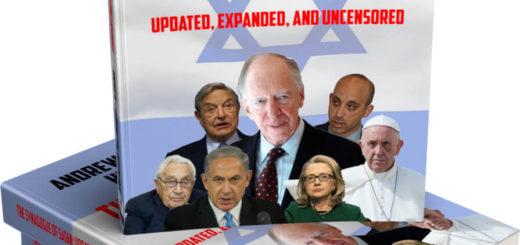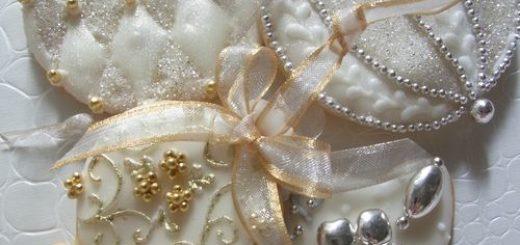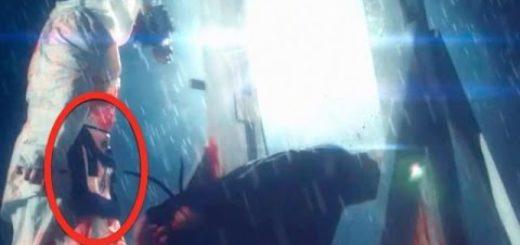Scientists Discover How to Implant False Memories, Remove Others (Techniques Heavily Used in Mind Control & MKUltra so Victims Can’t Sue the CIA, Government)
Scientists Discover How To Implant False Memories, Remove Others

Memories are tricky and can comprise much more than our actual recollections.
Our minds can make memories out of stories we’ve heard, or photographs we’ve seen, even when the actual recollections are long forgotten. And, new research suggests, this can happen even when the stories aren’t true.
“I find it so interesting, but also scary, that we base our entire identity and what we think about our past on something that’s so malleable and fallible,” psychologist Aileen Oeberst at the University of Hagen in Germany tells Inverse.
Oeberst is the first author of a study released Monday in the Proceedings of the National Academy of Sciences that examines false memories and what can be done to reverse them. False memories, the study suggests, are more than unsettling. When they take root, they can disrupt a courtroom — and the fate of the individuals there.
Necessary background — One of the biggest sources of false memories, says Oeberst, is clinical psychologists who believe in repressed memories. This is the idea that a person who has experienced a traumatic event could selectively forget memories of their trauma.
“It’s really well documented that what those people usually suffer from is to not be able to forget. They have flashbacks, they have PTSD, they cannot push it away,” says Oeberst. “There’s not much evidence for repression.”
But if a therapist says to a patient that their current symptoms suggest they may have, for example, been abused — and that if the patient doesn’t remember it, it still could’ve happened — this can trigger false memories.
“If people try and search [for a memory] they usually find something,” Oeberst says.
Read more: Scientists Discover How To Implant False Memories, Remove Others











